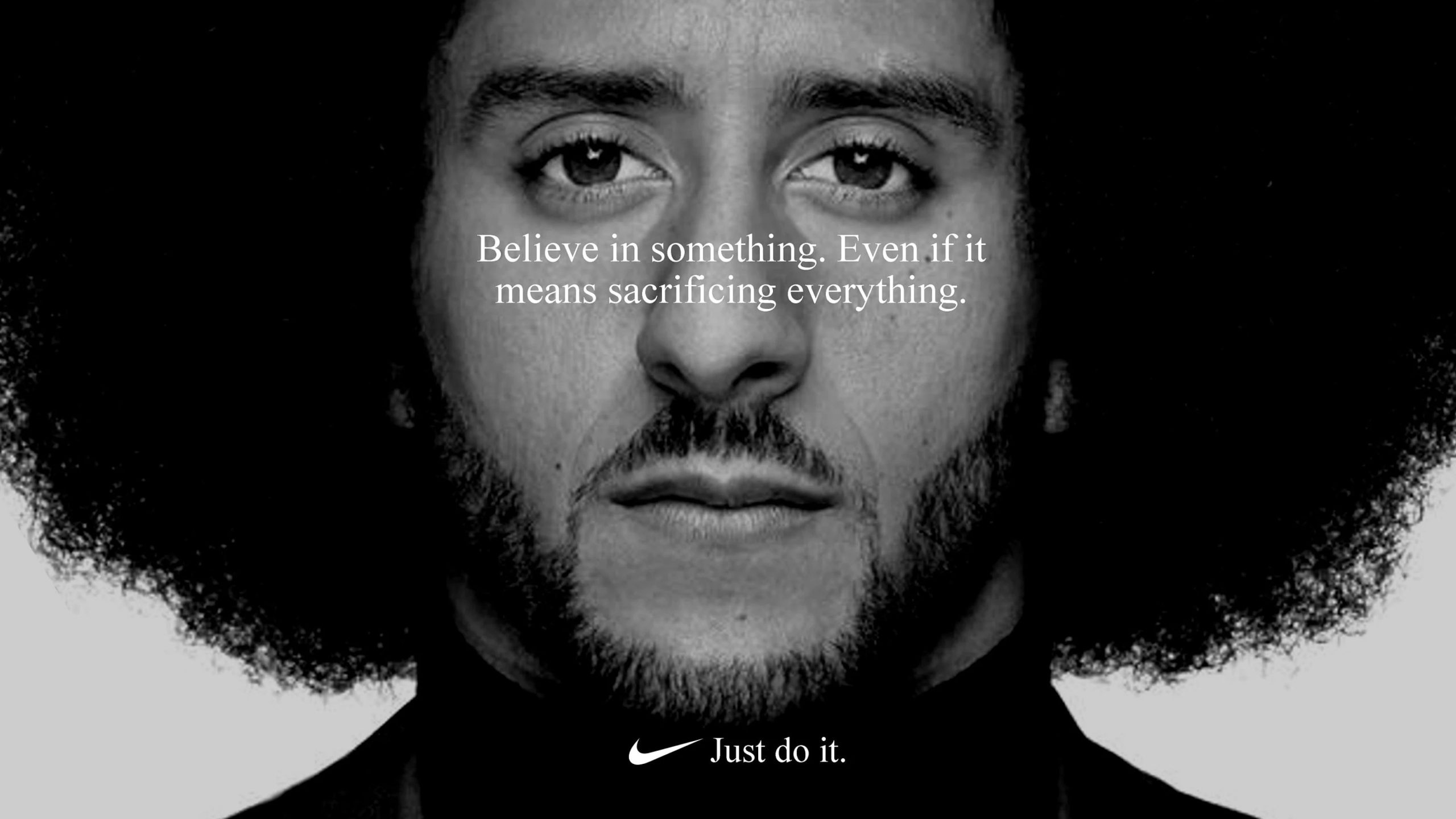
During a preseason game in 2016 former NFL quarterback Colin Kaepernick chose to kneel while the national anthem played as a way to protest against racial discrimination and police mistreatment. A single protest performed by an athlete evolved into one of the biggest public demonstrations across American history during the previous two decades. Kaepernick initiated his kneeling protest to express his disgust about racial inequality while creating a national debate about patriotism and activist sports personalities. The act of kneeling by Kaepernick started an international activist movement that caused numerous professional athletes from different sports to join and motivated diverse people and groups to discuss the relationship between sports and social justice.
The Act and Its Impact
During national anthem performances Kaepernick used kneeling to protest police brutality against African Americans even though critics first claimed his actions targeted military personnel or the flag. Through his symbolic act he wanted people to notice the excessive violence Black Americans face while simultaneously confronting the widespread cultural blindness toward such problems. The impact was immediate. After his protest action Kaepernick received appreciation as well as skepticism. The people of the country disagreed whether his protest action was protected by law because some approved of his activism yet others considered it an insult to military personnel and the flag. When Kaepernick initiated his protest action the NFL league and football officials together with team executives and player professionals adopted multiple conflicting positions about this matter. The presidential comments of Donald Trump that condemned the NFL players added to a growing national debate about Kaepernick’s protests. The absence of contract offers to Kaepernick during the 2016 season became a widely recognized case of him being banned from employment due to his activism. The criticism directed at Kaepernick produced a positive outcome as his protest sparked many athletes to use their influence to speak publicly about social matters.
Media Coverage and Social Media Discussion
When Kaepernick initiated his protest in 2016 traditional media channels including television and newspapers along with radio stations controlled the discussion. The way people thought about his protest received crucial influence from social media even though traditional media remained vital.
Traditional news outlets displayed two distinct viewpoints about Kaepernick’s protest action right from its beginning. Some news organizations presented Kaepernick’s action as a meaningful social justice statement by focusing on racial discrimination and police brutality. Some media sources expressed negative opinions about Kaepernick’s kneeling because they viewed it as an act of flag and military disrespect thus shifting the discussion away from his original protest aim. Political actors intensified the ambiguity surrounding Kaepernick’s protest because they supported his rights to protest even as various other figures labeled it disrespectfully.
The public discourse about this issue erupted live on social media networks. Fans and activists and politicians used Twitter, Facebook and Instagram to express their conclusions on social media platforms. The hashtags #TakeAKnee and #ImWithKap gained popularity simultaneously as supporters of Kaepernick football quarterback so that people who disagreed with him used their own different hashtags. Through social media platforms athletes and activists together with the general public were enabled to participate in discussions about key issues without the censorship from conventional media organizations. The wider reach achieved by Kaepernick’s message came at the expense of rapid dissemination of incorrect information as well as numerous emotional reactions. Social media provided athletes and activists with a platform to explore both the racial justice aspects of Kaepernick’s protest and the significance of his activism for racial equality.
The Role of Kaepernick in Shaping the Narrative

The media portrayed the situation in two different directions but Kaepernick defined himself throughout the controversy without staying quiet. His representatives explained alongside him that kneeling had no connection to flag disrespect yet aimed to highlight the problems of racial inequality and police brutality. Through public address Kaepernick made explicit the reasons behind his kneeling stance. The money he donated to charity through his later financial contributions emphasized his dedication to protecting oppressed communities even after his career as an athlete ended.
Other than his clarifications regarding his motives the media kept developing its own interpretation of the situation. Support for his action came from certain outlets yet numerous conservative media platforms portrayed the protest as an uncustomary show that demonstrated supposed dishonor to America. further backlash from media outlets prevented the protest’s purpose to gain complete impact because most reports focused primarily on Kaepernick’s methods rather than racial injustice while generating negative sentiments toward him and U.S. national symbols.
The actions of Kaepernick revealed key points about how expressions of social causes are interpreted through sports media platforms. Media outlets that operated traditionally as well as socially helped form the dominant storyline which defined public perception of the protest. Media coverage displayed intense polarization as political divisions in America continued to strongly separate citizens regarding racial matters together with patriotic values and justice-based debates.
The Impact of Media Narrative
News coverage regarding Kaepernick’s protest delivered conflicting effects within public opinion. Media coverage delivered the message of racial injustice extensively so discussions about social transformation received appropriate space for public discussion. The media successfully spread Kaepernick’s protest throughout the country yet contributed to its reduced effectiveness initially. Most public discussion treated the key issue of racial injustice as secondary to debates about the flag anthem while vilifying Kaepernick for alleged disrespect. The changed public discourse successfully separated the focus from Kaepernick’s message about racial injustice.